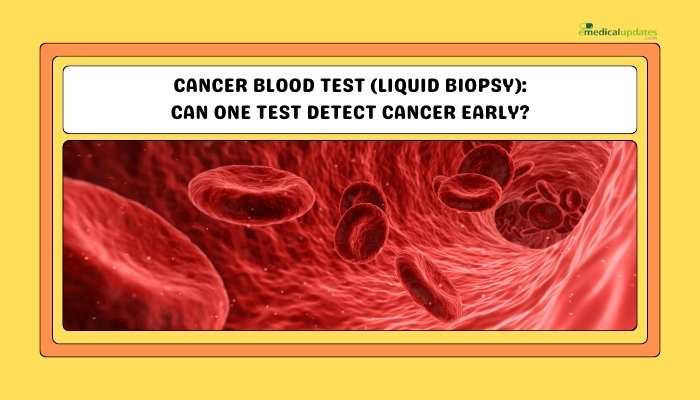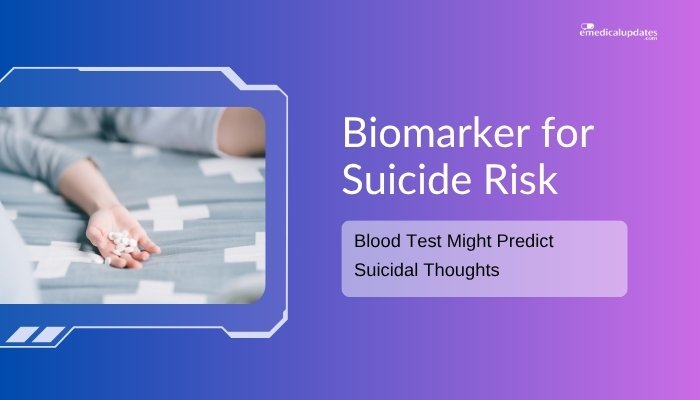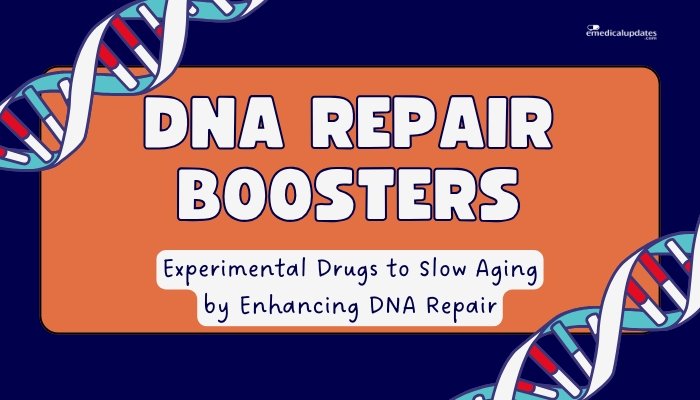Introduction
Cancer screening has traditionally relied on imaging (e.g., mammograms, CT scans), invasive biopsies, or organ-specific tests like Pap smears or colonoscopies. While valuable, these methods often target specific cancers and might not catch other types early.
A new wave of liquid biopsy tests aims to detect multiple cancers from a single blood draw, leveraging cutting-edge analysis of cell-free DNA, RNA, or proteins shed by tumors. If proven reliable at scale, such tests could revolutionize cancer screening by uncovering malignancies before symptoms appear—even for hard-to-detect cancers.
This article explores how these multi-cancer early detection (MCED) tests work, the evidence supporting them, and their potential to transform healthcare.
Understanding Liquid Biopsies
What Is a Liquid Biopsy?
Instead of surgically sampling tumor tissue, a liquid biopsy involves analyzing a simple blood sample for cancer-related biomarkers. As tumors grow, they release fragments of cell-free DNA (cfDNA) and other molecules into the bloodstream:
- ctDNA (circulating tumor DNA): Genetic material carrying characteristic mutations, enabling detection of certain tumor-specific alterations.
- Exosomes, RNA, Proteins: Additional tumor-derived markers that might be measured to improve sensitivity and specificity.
Advantages Over Traditional Methods
- Less Invasive: No incisions or anesthesia—only a blood draw.
- Multi-Cancer Potential: One test can look for signals from diverse tumor types at once.
- Repeated Use: Liquid biopsies can be done periodically, facilitating monitoring of tumor progression or recurrence.
Multi-Cancer Early Detection (MCED) Tests
The Basic Idea
MCED tests attempt to identify certain signatures or patterns in blood that indicate the presence—and sometimes the tissue of origin—of cancer. For instance, they analyze patterns of methylation on cfDNA or search for specific mutation “hotspots.” By correlating these patterns with databases of known tumor profiles, the test can flag possible malignancies.
Leading Platforms
- GRAIL’s Galleri Test: Analyzes methylation patterns in cfDNA to detect signals from over 50 cancers. Early findings suggest promising sensitivity, though false positives and data interpretation remain areas for improvement.
- Guardant Health, Illumina, and Others: Also developing proprietary solutions. Each focuses on unique detection methods (e.g., target sequencing of mutation clusters, methylation signatures, protein biomarker panels).
Evidence and Clinical Utility
Key Trials and Studies
Some large-scale clinical trials have tested MCED tests in asymptomatic populations, measuring how accurately they detect early cancers and how many false positives occur:
- Sensitivity: The test’s ability to catch true cancers (e.g., do they identify stage I or II tumors?).
- Specificity: The rate of false positives—patients flagged for cancer that do not truly have it.
- Tissue of Origin Accuracy: Identifying not just the presence of cancer but which organ might be involved.
Early Results
- Promising for Late-Stage Detection: Many tests can detect advanced cancers well. Catching stage I or II is harder, though some show incremental improvements.
- Real-World Implementation: Pilot programs are testing these tests with older adults or at-risk populations. Observational data will reveal how often early detection translates into better survival and less invasive treatment.
Limitations and Ongoing Research
MCED tests are not yet routine standard-of-care. More evidence is needed to demonstrate:
- Mortality Benefits: Do they actually reduce death rates or improve outcomes long-term?
- Cost-Effectiveness: The test can be expensive. Large-scale adoption might hinge on insurance coverage and demonstration that it saves medical costs overall.
Clinical and Patient Considerations
Who Might Benefit
- High-Risk Individuals: People with strong family histories or genetic predispositions (e.g., BRCA mutation carriers).
- Older Adults: Incidence of cancer increases with age, so some advocate for screening older populations even if no existing specialized screening program is recommended.
- Cancer Survivors: Ongoing surveillance for recurrence or new primary cancers.
Integration with Existing Screenings
MCED tests may not replace standard cancer screenings—like mammograms or colonoscopies—for a while. Instead, they could:
- Complement established tests, catching additional malignancies that lack recommended screening (e.g., pancreatic, ovarian).
- Prioritize or triage patients for more definitive imaging or biopsies if a positive signal arises.
Follow-Up Protocols
A positive result triggers more diagnostic steps, such as imaging or biopsy, to confirm the presence and location of cancer. Adopting these tests widely requires well-structured follow-up procedures to handle false positives and reduce patient anxiety.
Challenges and Future Outlook
Balancing Sensitivity and Specificity
Catching multiple cancers early is tricky. If sensitivity is too high, false positives skyrocket; if specificity is too high, some early-stage tumors might be missed. Fine-tuning these metrics to optimize real-world benefit remains a top priority.
Cost and Accessibility
MCED tests can be expensive. Many insurers consider them investigational. That may change once large prospective trials demonstrate clear clinical utility, leading to potential coverage expansions.
Ethical, Psychological, and Logistical Considerations
- Psychological Impact: How do patients handle “positive signals” for a probable but unconfirmed cancer?
- Healthcare Infrastructure: Widespread adoption demands robust referral and diagnostic pathways.
- Equity: Ensuring these advanced tests reach diverse populations, including low-income or underserved communities, is key to avoiding disparities.
Frequently Asked Questions
- Will a single blood test be enough to replace all other cancer screenings?
- Not yet. MCED tests show promise but still require confirmatory imaging and, in many cases, remain supplementary to established screenings.
- What if my test is positive—does that mean I definitely have cancer?
- No. A positive result is an alert. Further diagnostic testing (scans, biopsies) is needed to confirm or rule out malignancy.
- Are MCED tests approved by the FDA?
- Some have received certain designations (e.g., Breakthrough Device) and are available as laboratory-developed tests. Widespread regulatory approvals for broad population screening are still pending.
- Can these tests detect all cancer types?
- Some claim detection of dozens of tumors, including many lacking standardized screening (e.g., liver, pancreatic). However, sensitivity for every tumor type varies.
- When might these tests become more mainstream?
- It depends on ongoing trials proving mortality benefit. Adoption may occur gradually over the next few years to a decade, contingent on results and coverage.
Conclusion
Multi-cancer early detection via liquid biopsy stands at the forefront of diagnostic innovation, aiming to spot tumors earlier and treat them more effectively. While promising data highlight these tests’ abilities to find a broad range of cancers from a simple blood sample, crucial questions remain about cost, accessibility, and confirming real-world impact on patient outcomes. If validated, MCED tests may join the standard repertoire of cancer screening tools, potentially reducing late diagnoses and saving lives. Until then, patients can consult with physicians about the availability and appropriateness of these tests, recognizing that they’re best used in conjunction with—rather than a replacement for—current recommended screening protocols.
References
-
- Lennon AM, et al. (2020). “Feasibility of blood testing combined with PET-CT to screen for cancer.” Science.
-
- Klein EA, et al. (2021). “Clinical validation of a targeted methylation-based multi-cancer early detection test.” Ann Oncol.
-
- GRAIL Press Releases (2022). “Latest data on Galleri multi-cancer early detection test.”
-
- Merino JF, et al. (2022). “Emerging liquid biopsy technologies for multi-cancer detection.” Cancer Discovery.







